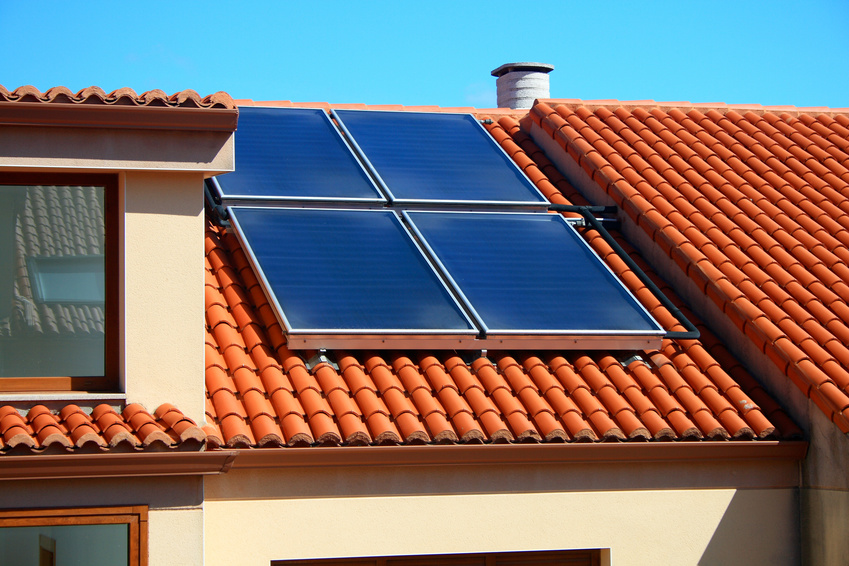
The roof of a home or business is one of its most important parts. It helps protect it from the elements, keep the heat in or out depending on the season, and can even help lower the energy bill. Investing in something like a metal roof can save up to 25% on home energy bills. And with the growing interest in solar panels on residential and commercial buildings, energy bills might end up becoming a thing of the past.
In fact, solar technology is changing and growing in so many ways, that the average home or business owner might not have to worry about air conditioning or heating bills much longer, either. The reason being the new water-cooling solar panels designed by researchers at Stanford University in Palo Alto, California. The new panels could end up lowering the costs of air conditioning by as much as 20%.
The system works by using the natural process of heat, which tends to flow from hot things to cold things. The researchers believed, rightfully, that trying to “beam” excess heat can lower the temperature of services or spaces. To test this, the developed a roof-mounted system uses solar panel-like devices to cool water without any other energy source.
“If you have something that is very cold – like space – and you can dissipate heat into it, then you can do cooling without any electricity or work,” Shanhui Fan, senior author of the study, told New Atlas. “The heat just flows. For this reason, the amount of heat flow off the Earth that goes to the universe is enormous.”
The Stanford scientists scaled up their system and, using the ability to chill running water with solar energy, theorized that it could be piped through a building to cool it. In their test, they managed to cool the water flowing through pipes by as much as five to nine degrees Fahrenheit when compared to the ambient air.
Though they have not yet tested the system’s ability to cool a space that is connected to the system and water-carrying pipes, they are pleased with the progress. To continue their research, they founded a company called SkyCool Systems, and are working to integrate their panels into refrigeration and air conditioning systems.
“This research builds on our previous work with radiative sky cooling but takes it to the next level,” says Aaswath Raman, co-lead author of the study. “It provides for the first time a high-fidelity technology demonstration of how you can use radiative sky cooling to passively cool a fluid and, in doing so, connect it with cooling systems to save electricity.”






